COVID-19 and hunger: anticipating the impacts of the pandemic
By Dunja Dujanović, Early Warning Early Action Lead, UN Food and Agriculture Organization
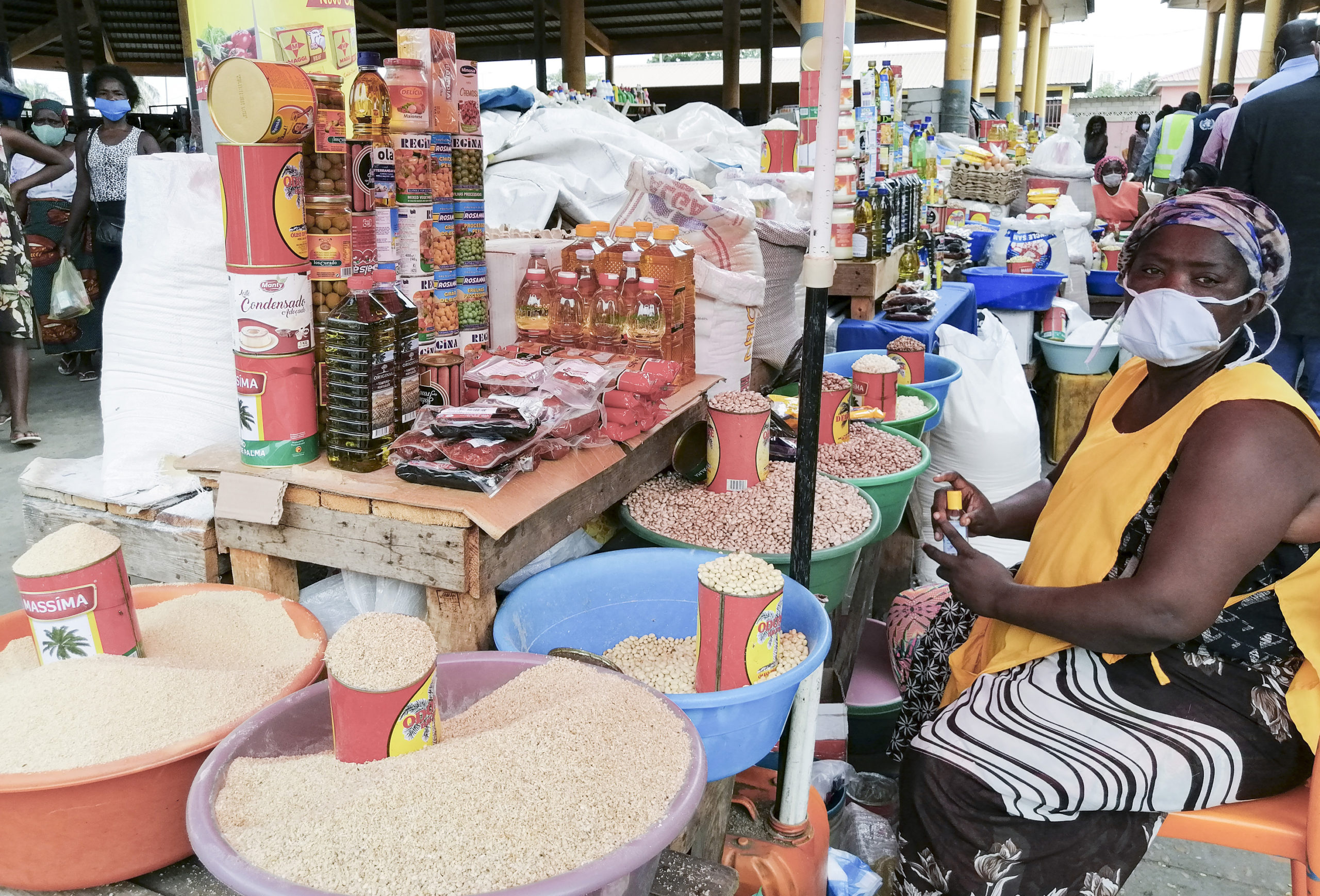
© FAO
With COVID-19 now affecting the entire world, and government measures implemented to fight the spread of the disease, economic activity is slowed or shut down. This is likely to lead to the deepest global recession since the Second World War, with up to 100 million people worldwide pushed into extreme poverty. The impact on employment has already been enormous, with an equivalent of 400 million full-time jobs lost, a 14 percent reduction in global working hours.
COVID-19 and hunger
Recently the UN Secretary General warned that these secondary impacts of the pandemic may also lead to a global food emergency. COVID-19 happened at what is already a very challenging time, with the number of acutely hungry people in the world on the rise over the past years, largely due to conflicts, climate change and economic downturn. In 2019, almost 135 million people across 55 countries experienced acute hunger.
Emerging evidence tells us that COVID-19 is further aggravating this already dire situation.
Why is this happening?
First of all, because the sharp economic downturn is having a huge impact on jobs and incomes, and therefore on the ability of poor households to purchase food. There are over 2 billion people around the world employed in the informal economy and they are the most vulnerable and the hardest hit, with their earnings estimated to decrease as much as 80 percent. At the same time, food has become more expensive in many countries. As the macroeconomic impacts of the pandemic put pressure on government budgets, importing food becomes more expensive. Lower wages and higher food prices are a disastrous combination, making it impossible for vulnerable households to put enough food on the table.
Secondly, government measures, such as trade restrictions and movement limitations are affecting the ability of farming households to produce food. While such measures aim to contain the spread of the virus, have been disrupting entire food chains – from production to processing, packaging, transporting, marketing and consumption. With limited access to agricultural inputs due to interruptions in trade and logistic flows, decreased incomes and labour shortages, rural households cannot prepare properly for planting seasons, which then leads to less crops and less food.
Thirdly, national budgets are under pressure, leaving governments with little financial room for maneuver to protect their populations through social protection schemes, as well as facing an increasing risk of instability and aggravation of conflict. Despite 126 countries having introduced or adapted social protection and labor market policies in response to COVID-19, in many parts of the world coverage remains limited – especially where it is needed the most.
In short, for households who are already struggling to make ends meet, the pandemic exacerbates existing vulnerabilities, pushing communities towards hunger and destitution.
Preventing food crises: the importance of risk analysis and anticipatory action
The problem with COVID-19 impacts in general, including those on food security, is that they are complex and they evolve over time. There is still a lot of uncertainty about how the pandemic will evolve in different parts of the world. Given its interplay with pre-existing vulnerabilities, its socio economic impacts are always going to be very context specific. At the same time, an attempt to understand the likely evolution of such impacts is critical if we want to stand a chance to prevent multiple food crises which could even result in famine.
So in addition to ramping up local and international response, social protection and fiscal measures, what else can be done?
Here is where risk analysis and anticipatory action become critical.
Using science to forecast future shocks and trends is not a new idea. Early warning systems have been part of humanitarian thinking for at least the past few decades. However, despite steady advancements in the reliability and accuracy of data and analysis, lack of political will and accountability have made it difficult for such systems to generate timely action with potentially disastrous consequences, as demonstrated by a review of the 2011 Somalia Famine.
Over the past years, also as a result of such hard lessons, there has been a renewed interest in more systematically linking risk analysis to action, with a number of actors putting in place anticipatory action systems.
These systems are designed to systematically link forward looking risk analysis with rapid financing and action protocols to ensure that once early warning ‘triggers’ are reached, actions can be taken to protect people ahead of impacts. Such systems result in much earlier interventions, lessening the humanitarian cost of hazards. Various examples to date have shown that acting based on early warning information ahead of shocks has multiple proven benefits including curbing food insecurity and malnutrition, protecting livelihood assets, contributing to resilience, and supporting the mental well being of vulnerable families.
So how is all of this relevant to COVID-19 and food security?
Early warning and anticipatory action are relevant not just in relation to other hazards which continue to occur despite COVID, but also in relation to the pandemic impacts themselves.
The multi-faceted and evolving impacts of COVID-19 in different country contexts require close risk monitoring as well as scenario building to help us make assumptions on how different elements of risk may interplay in each context.
A recent FAO-WFP early warning analysis of acute food insecurity hotspots highlighted that 27 countries are at risk of significant food security deterioration over the coming months. The analysis examined a range of elements including: I) current levels of food insecurity and malnutrition, with a focus on acute food insecurity, and related projections; II) presence of existing compounding shocks and stressors; III) presence of natural-hazard risks, economic risks and conflict; IV) government capacity to address COVID-19 impacts and severity of containment measures; V) dependence on commodity exports, food imports and remittances; VI) planned and ongoing agricultural activities; VII) presence of particularly vulnerable populations; and, VIII) issues concerning humanitarian access and operational constraints.
Forward looking analyses of this kind applied to a country context can help us identify the timing and the type of preemptive measures. If we know that a main planting season is upcoming, we must intervene ahead of time to ensure farmers can access their fields and key inputs to be able to plant especially in the most vulnerable areas. If we know that the pandemic related restrictions are already disrupting markets, we must take action to ensure that a forthcoming harvest isn’t disrupted and farmers can sell their produce. If we know that certain groups are likely to be pushed further into hunger, we must advocate for the expansion of safety nets to protect them.
Anticipatory action to lessen future food security impacts: FAO examples
The expected further deterioration in food insecurity due to the combination of COVID-19 impacts and existing vulnerabilities prompted FAO to launch anticipatory action projects in various countries across Asia, Africa and Latin America this year.
For example, Afghanistan already has high levels of food insecurity and this was coupled with the threat of COVID-19 cases spreading across the country, alongside government restrictions. This came at a critical time in the agriculture calendar as the main staple crops were due to be harvested and herders began to migrate to their traditional grazing areas. Rural livelihoods were threatened by increasingly difficult access to markets and transport routes. To mitigate this foreseen shock ahead of the peak of pandemic impacts, FAO provided cash transfers and livestock protection kits to ensure farmers had secure access to healthy and nutritious food as markets become harder to reach, and keep livestock healthy as they are forced to travel down new routes.
In Sierra Leone the containment measures are expected to affect food and inputs supply chains in addition to sharp food price increases over the last months. This triggered the activation of FAO’s anticipatory action fund to distribute local short cycle crop seeds (nutritious vegetables and pulses) to protect food security without waiting for people to go hungry. FAO and partners are also purchasing perishable products from vulnerable women farmers and distributing them to families in need.
In Haiti, the preventive measures taken to contain the spread of COVID-19 are likely to cause a reduction in food access and availability. FAO launched a project to mitigate the expected negative effects on the availability of agricultural inputs, as well as impacts on the purchasing power of vulnerable households. A combination of vegetable seeds, agricultural tools and cash transfers are being distributed to vulnerable households living in urban or peri-urban areas, alongside raising community awareness on measures to prevent the spread of COVID-19.
Whatever the example, the fundamental principle of anticipatory action – not to wait to see the numbers of hungry people increase – has never been more relevant.
COVID-19 an opportunity?
We are living in an unprecedented global crisis, with likely far-reaching ramifications which we still need to fully understand.
There are many opinions on the kind of long term societal changes that COVID-19 may bring about, ranging from positive to negative scenarios. But whatever the case, it is increasingly clear that this crisis represents a valuable opportunity to re-think our societies. There are multiple possible futures and what we end up with will depend on many factors including government responses and the ability of states and people to cooperate effectively.
In terms of managing increasing humanitarian needs stemming from COVID-19 and other shocks, we already have valuable lessons which are very relevant for the future. One is that science today allows us a good degree of foresight which still needs to be used to its full potential and can allow us to better understand and preempt shocks. Another is that we inhabit a world where multiple risks overlap through complex dynamics that can be understood only through close collaboration of multiple actors.
We are already on the verge of transformative change. A few weeks ago, a flood forecast in Bangladesh was used to trigger the fastest emergency funding allocation in UN’s history, allowing agencies on the ground to work together and intervene in a matter of days and protect people before they were affected. Only a few months earlier, in the same country, the government evacuated 2 million people days ahead of cyclone impact. These are examples of what will one day no longer be ‘innovative’, it will just be regular disaster management.
Anticipating disaster impacts is not just more cost effective than waiting to see them fully materialize until they decimate lives and livelihoods. It is also more humane and respectful of the dignity of millions of vulnerable people worldwide. It is our moral imperative.
About the author:
Dunja Dujanović is Team Leader for Early Warning Early Action Lead at the Food and Agriculture Organization (FAO).
Get in touch:
The Anticipation Hub invites further ideas and discussion on this topic, including experiences from the field and lessons learned. Please reach out to Blog post’s editorial team:
- Nikolas Scherer, German Red Cross (n.scherer@drk.de)
- Kara Siahaan, IFRC (Kara.SIAHAAN@ifrc.org)

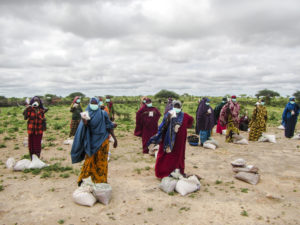
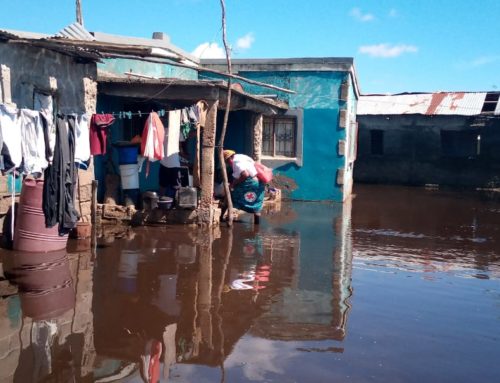
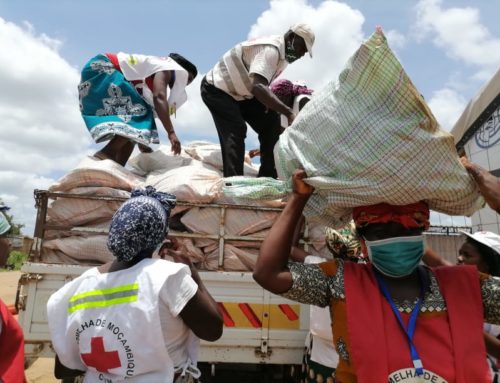
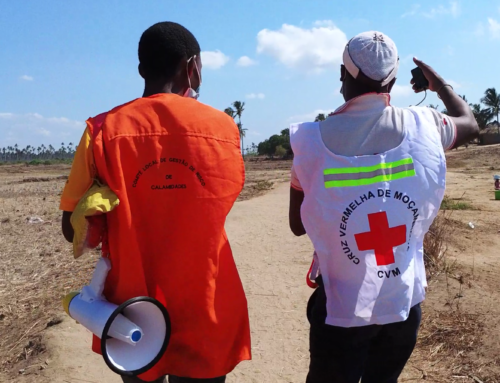

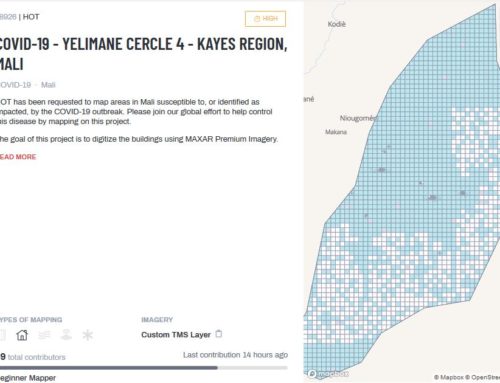
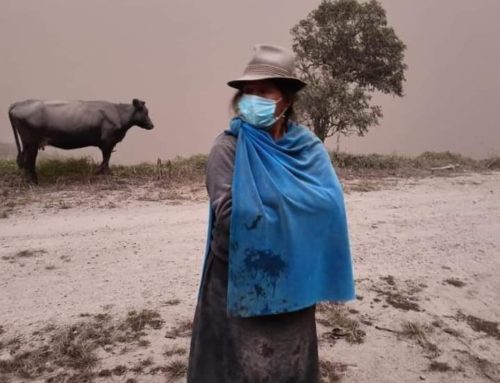
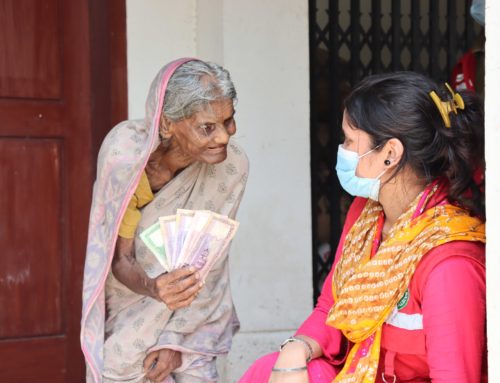
Leave A Comment
You must be logged in to post a comment.